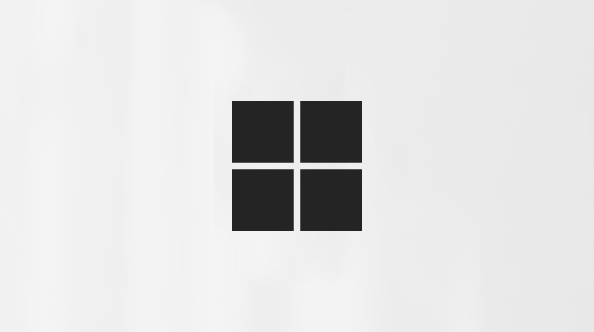Important: Support for Office 2016 and Office 2019 ended on October 14, 2025. Upgrade to Microsoft 365 to work anywhere from any device and continue to receive support. Get Microsoft 365
You can automate a form control or an ActiveX control by doing the following:
-
Perform an action or operation when a user clicks a form control by assigning a macro to it.
-
Run Microsoft Visual Basic for Applications (VBA) code to process any events that occur when a user interacts with an ActiveX control.
For more information about how to create macros, see Create or delete a macro.
Add or edit a macro for a form control
-
Right-click the control, and then click Assign Macro.
The Assign Macros dialog box appears.
-
To specify the location of an existing macro, select where the macro is located in the Macros in box by doing one of the following:
-
To search for the macro in any workbook that is open, select All Open Workbooks.
Note: If the macro that you want to assign to the control is in a separate workbook, open that workbook first so that it will be available in the Macros in list box.
-
To limit the search for the macro to the workbook that contains the current worksheet, select This Workbook.
-
To limit the search for the macro to a specific workbook, select that workbook from the list of available open workbook names.
-
-
Do one of the following:
Assign a macro Do one of the following:
-
Record a new macro Click Record, and when you finish recording the macro, on the Developer tab, in the Code group, click Stop Recording
-
Assign an existing macro Double-click a macro in the list or enter its name in the Macro name box.
-
Create a new macro Click New and then, in the Visual Basic Editor, write a new macro.
For more information about how to write macros, see Visual Basic Help.
Modify an assigned macro Do one of the following:
-
Edit the assigned macro Click the name of the macro in the Macro Name box, and then click Edit.
-
Assign a different existing macro Double-click a macro in the list or enter its name in the Macro name box.
-
Add or edit a macro for an ActiveX control
-
If the Developer tab is not available, display it.
In Excel 2016, 2013, 2010:
-
Click File > Options > Customize Ribbon.
-
Under Customize Ribbon, select the Developer check box, and then click OK.
In Excel 2007:
-
Click the Microsoft Office Button
-
In the Popular category, under Top options for working with Excel, select the Show Developer tab in the Ribbon check box, and then click OK.
-
-
To edit the ActiveX control, make sure that you are in design mode. On the Developer tab, in the Controls group, turn on Design Mode
-
Select the control.
For more information, see Select or deselect controls on a worksheet.
-
on the Developer tab, in the Controls group, click View Code
Note: You can also edit an existing macro by right-clicking the control, and then clicking View Code.
-
In the Visual Basic Editor, write a new macro or change the existing macro.
For more information about how to write macros, see Visual Basic Help.
-
After you finish writing the macro, click Close and Return to Microsoft Excel on the File menu in the Visual Basic Editor.
-
After you finish designing the control, on the Developer tab, in the Controls group, turn off Design Mode














